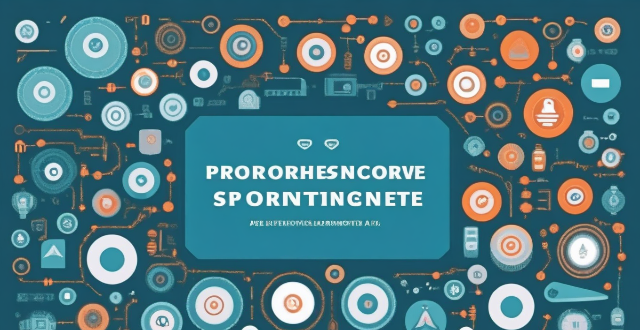The text provides a comprehensive overview of controlling the speed and torque of an AC stepping motor, emphasizing the importance of understanding its basic principles and utilizing appropriate control techniques. Key points include the motor's working principle, torque generation, and step resolution, as well as various control methods such as pulse rate modulation, microstepping, closed-loop control, current limiting, voltage control, and soft start/stop. Practical considerations like drive system compatibility, thermal management, load factors, and safety precautions are also highlighted for optimal motor performance and longevity.

Controlling the Speed and Torque of an AC Stepping Motor
AC stepping motors are widely used in various applications that require precise positioning and speed control. To effectively control the speed and torque of an AC stepping motor, you need to understand its basic principles and use appropriate control techniques. Here are some key points to consider:
Basic Principles of AC Stepping Motors
- Working Principle: AC stepping motors operate by converting electrical pulses into mechanical movements. Each pulse causes the motor to move a fixed angle, known as a "step." The number of steps per second determines the motor's speed, while the size of each step affects its torque.
- Torque Generation: The torque produced by an AC stepping motor is directly related to the current flowing through its windings. Higher current results in higher torque, but it also increases heat generation and power consumption.
- Step Resolution: The step resolution refers to the smallest incremental movement that the motor can make. It is determined by the number of phases and teeth on the motor's rotor and stator.
Control Techniques for Speed and Torque
Speed Control
- Pulse Rate Modulation (PRM): By varying the frequency of the input pulses, you can control the motor's speed. Increasing the pulse rate increases the speed, while decreasing it slows down the motor.
- Microstepping: This technique involves dividing each full step into smaller sub-steps, allowing for smoother motion and finer control over speed. Microstepping reduces vibration and noise but may slightly reduce torque.
- Closed-Loop Control: Using sensors such as encoders to monitor the motor's actual position and adjusting the input pulses accordingly can achieve more accurate speed control.
Torque Control
- Current Limiting: Limiting the current supplied to the motor's windings helps prevent overheating and damage but also reduces the available torque. This method should be used with caution, especially when high torque is required.
- Voltage Control: Adjusting the voltage supplied to the motor can affect both its speed and torque. Reducing the voltage decreases torque and speed, while increasing it has the opposite effect. However, excessive voltage can lead to overheating and reduced lifespan.
- Soft Start/Stop: Gradually increasing or decreasing the input pulses during startup and shutdown can help manage torque spikes and protect the motor from damage.
Practical Considerations
- Drive System Compatibility: Ensure that your drive system is compatible with your AC stepping motor and supports the desired control techniques.
- Thermal Management: Proper cooling is essential for maintaining consistent performance and preventing premature failure due to overheating.
- Load Considerations: The load placed on the motor affects its torque requirements. Make sure your control strategy accounts for any variations in load throughout the motor's operation.
- Safety Precautions: Always follow safety guidelines when working with electrical equipment, including proper grounding and protection against electrical shock.
In summary, controlling the speed and torque of an AC stepping motor involves understanding its working principles and employing suitable control techniques such as PRM, microstepping, closed-loop control, current limiting, voltage control, and soft start/stop methods. Additionally, consider factors like drive system compatibility, thermal management, load considerations, and safety precautions to ensure optimal performance and longevity of your AC stepping motor.